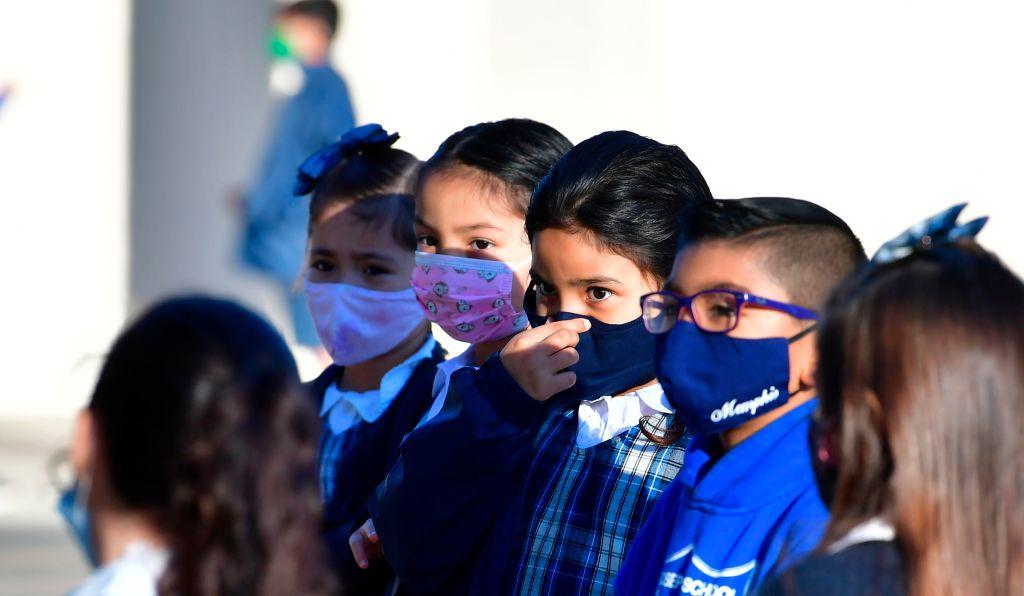Nearly 400 patients have required hospitalization at the Children’s Hospital of Orange County (CHOC) for COVID-19 since last March, The Epoch Times has learned.
In all, CHOC has seen 4,071 positive COVID-19 virus cases since the pandemic began, including 61 patients who required intensive care unit (ICU) treatment. There have been 35 confirmed cases of multisystem inflammatory syndrome (MIS) in children and young adults at CHOC, a hospital spokesperson told The Epoch Times.





